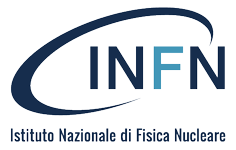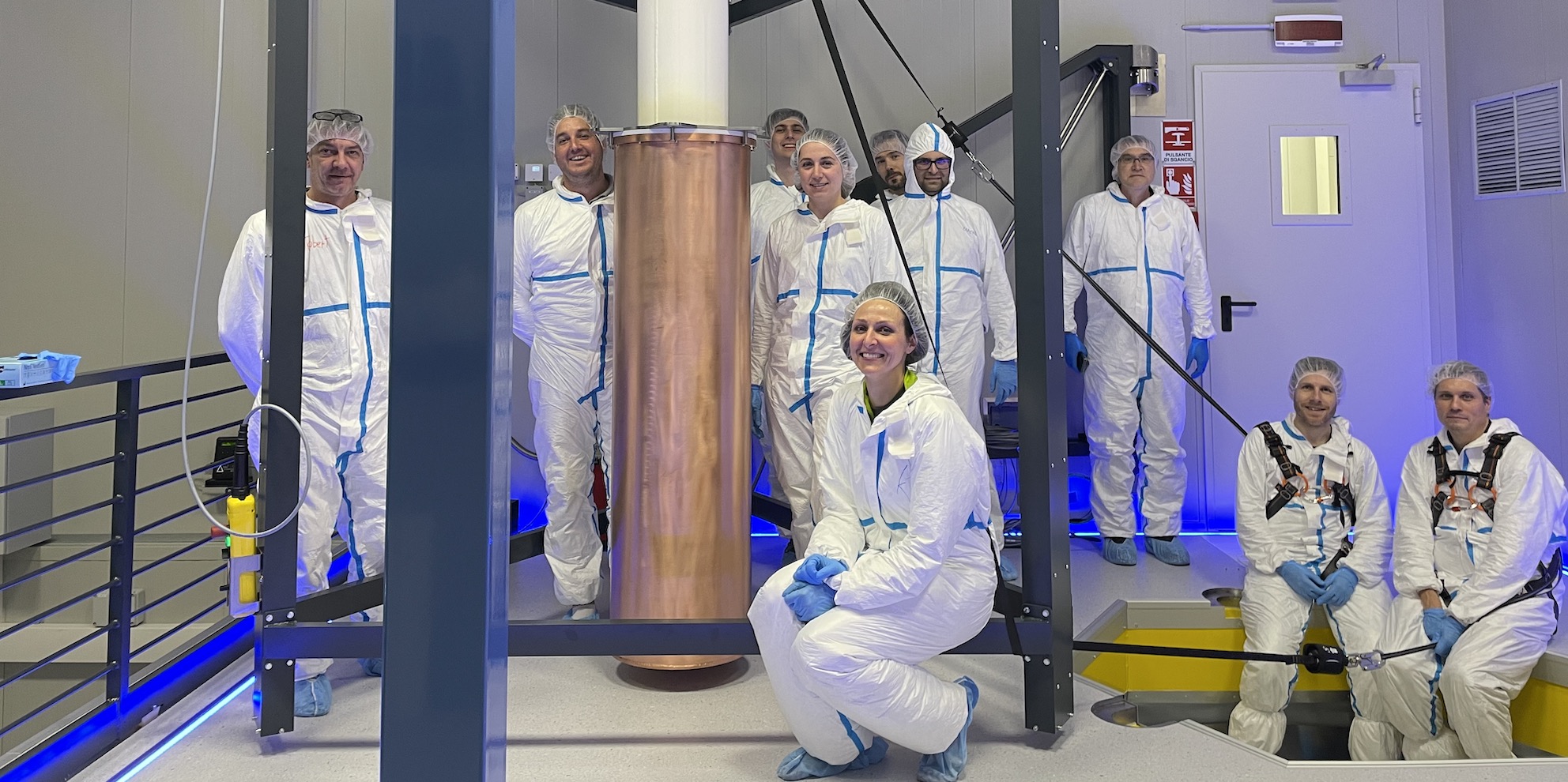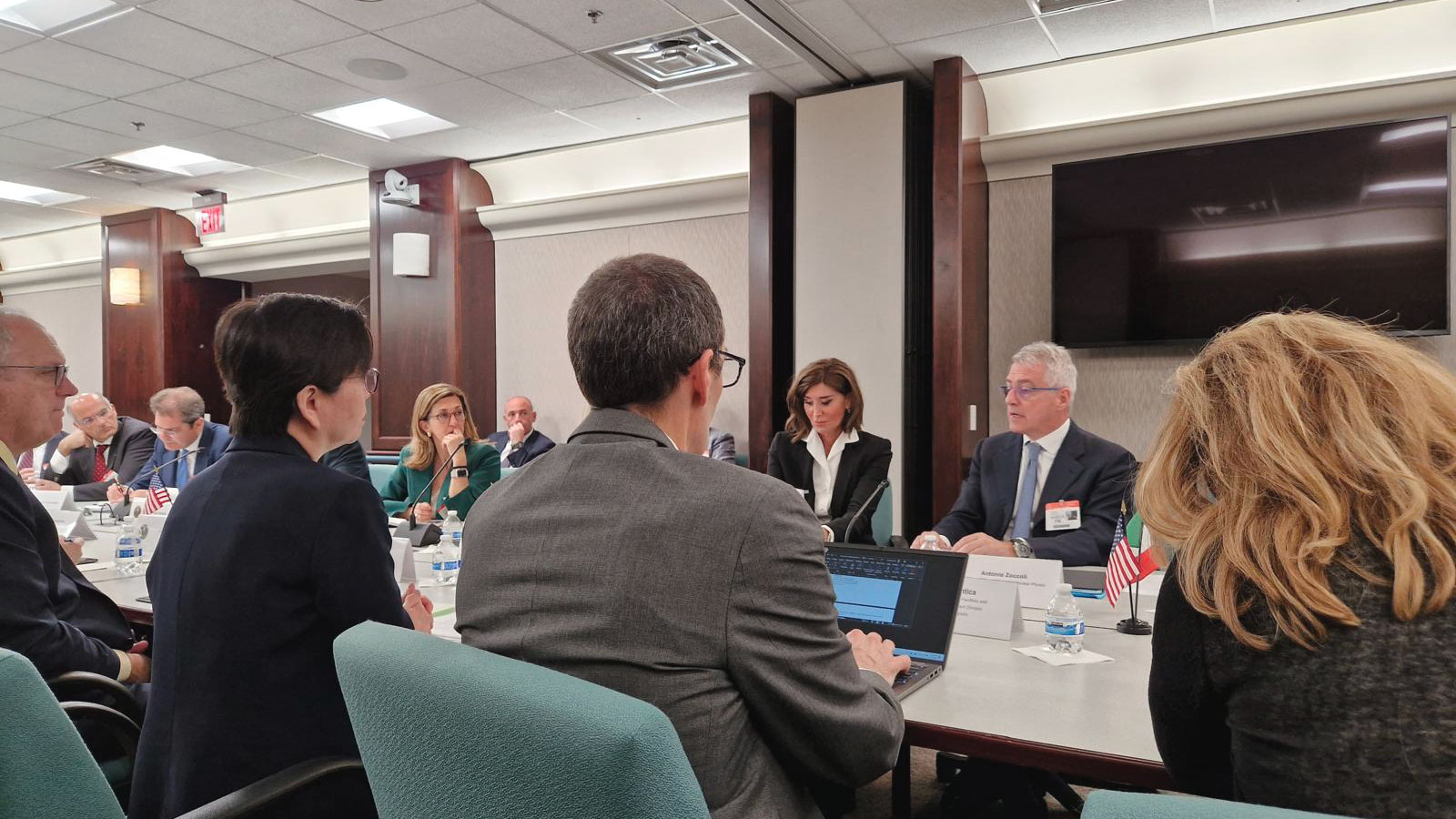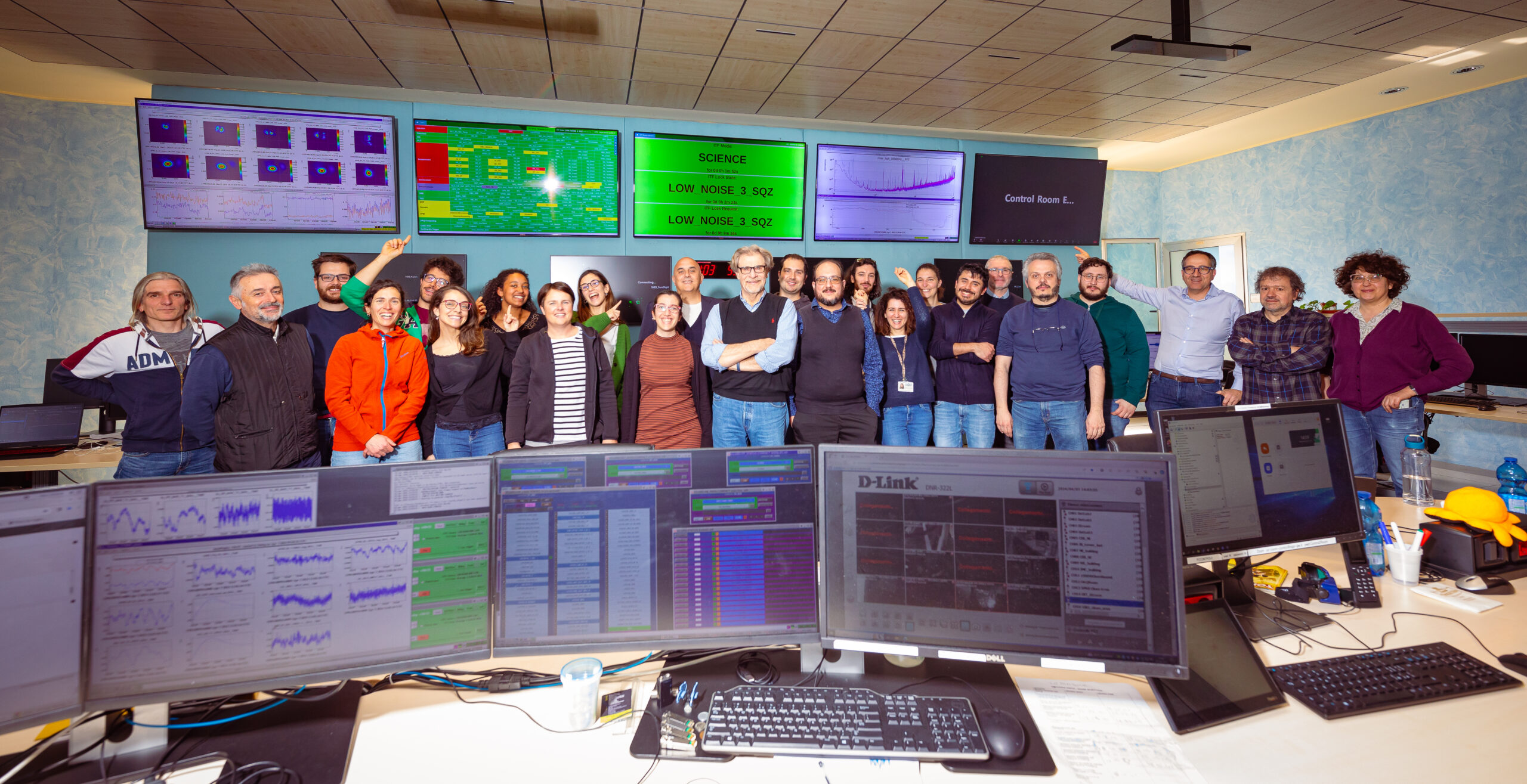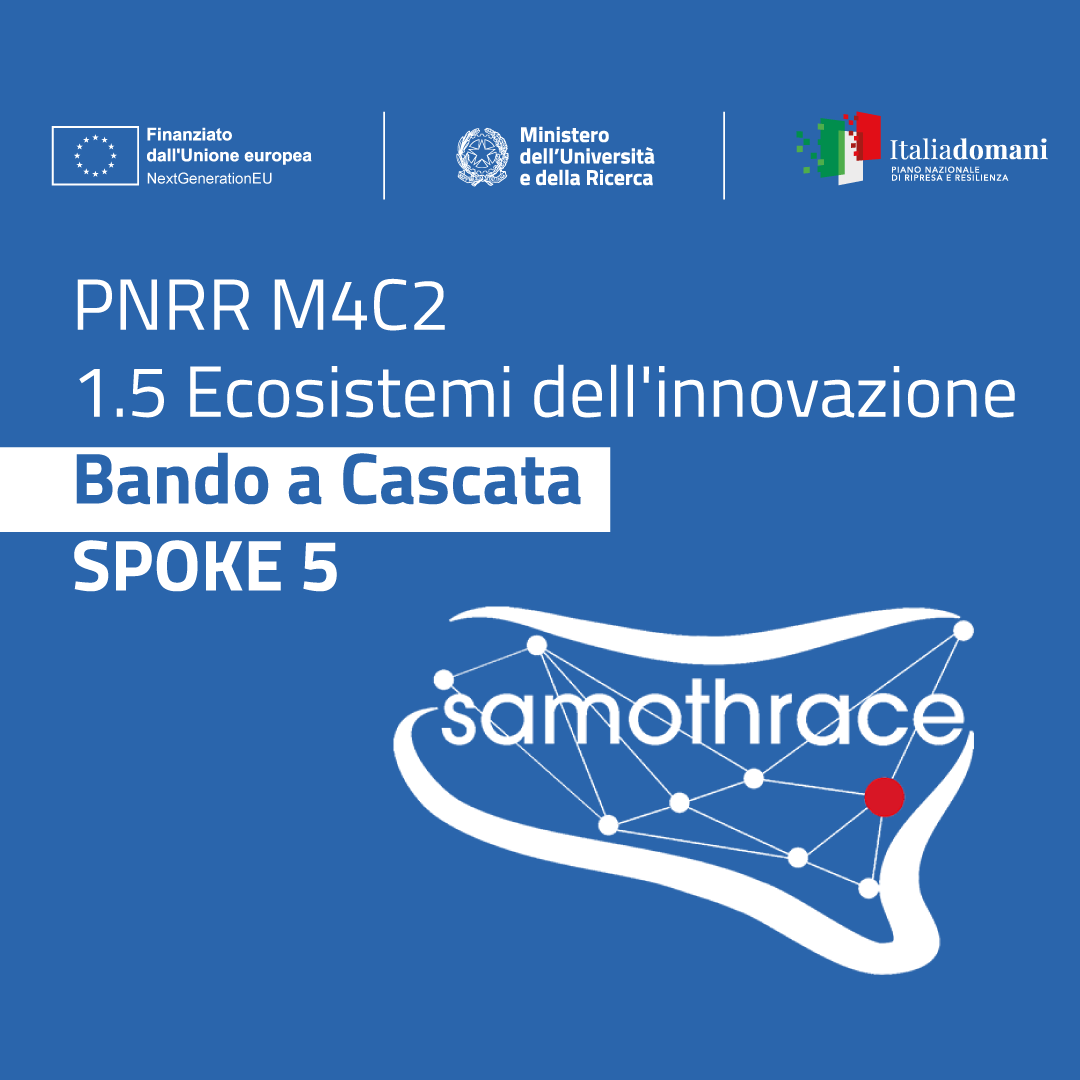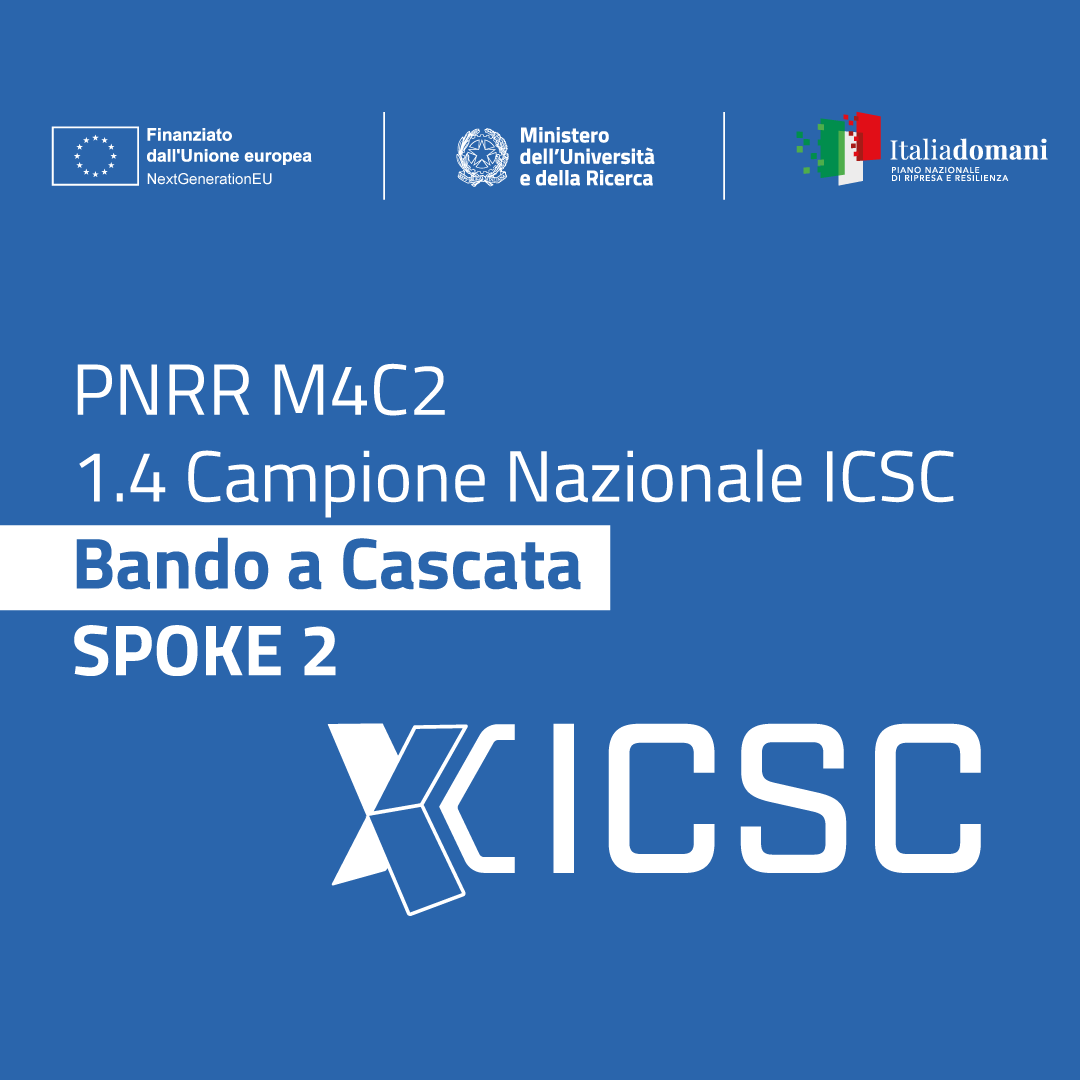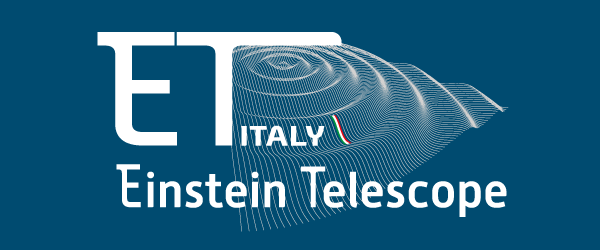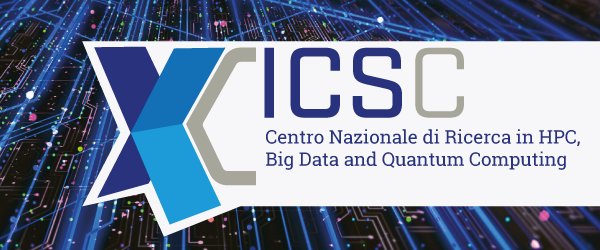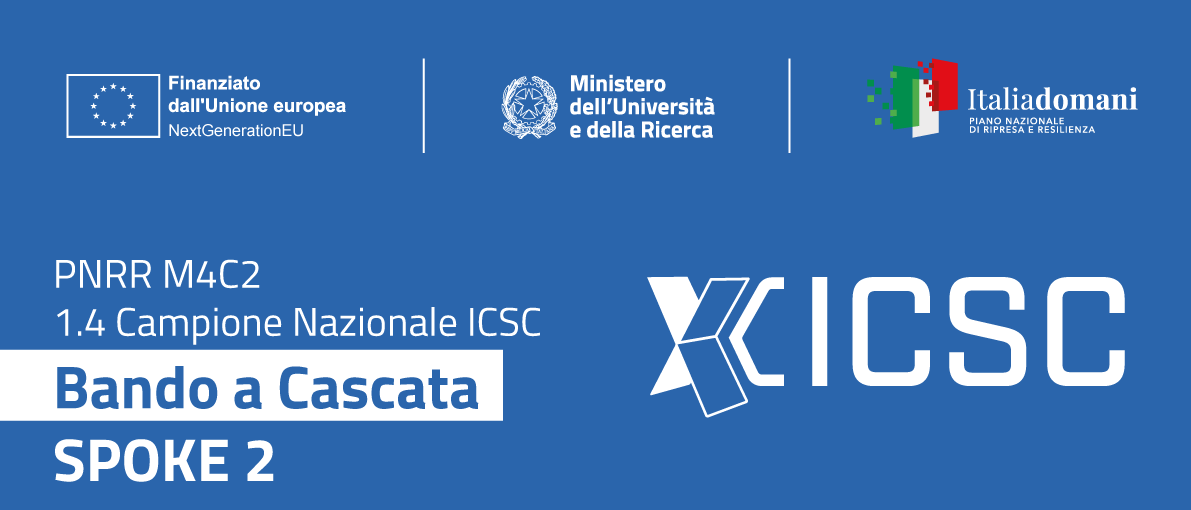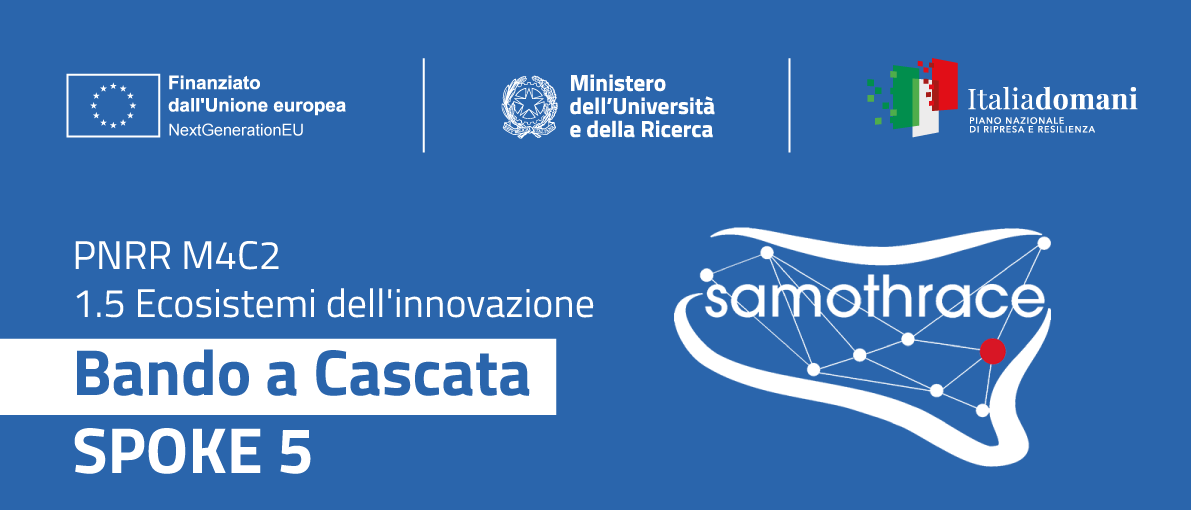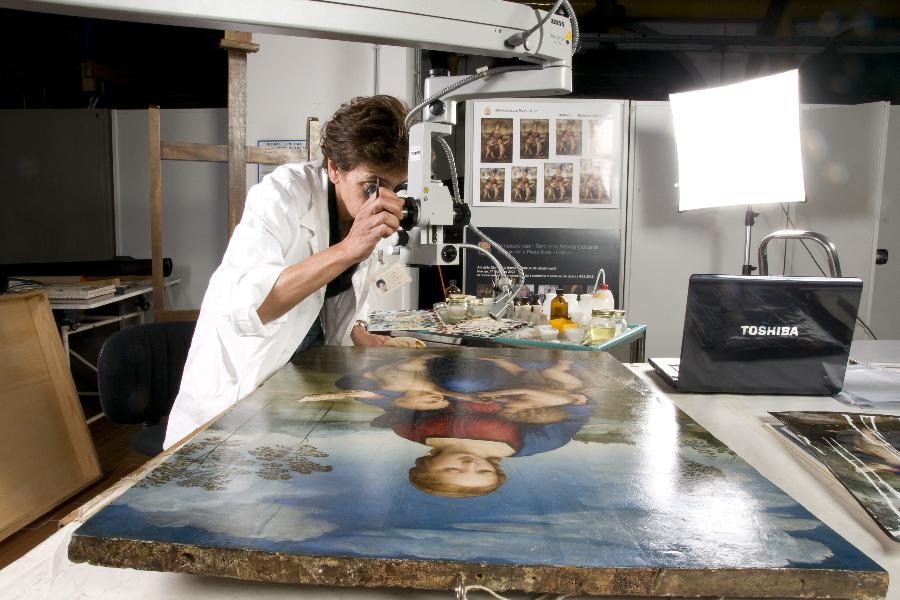 A next-generation accelerator resulting from the collaboration between the National Institute for Nuclear Physics and CERN, dedicated entirely to the cultural heritage. This is the identity card of the MACHINA (Movable Accelerator for Cultural Heritage In-situ Non-destructive Analysis) project for the construction, at the laboratories of the Opificio delle Pietre Dure (OPD) in Florence, of a compact, transportable accelerator, based on radio frequency quadrupole technology(HF-RFQ) developed at CERN, dedicated full-time to non-invasive diagnostic studies for the restoration and study of materials of historical finds and works of art. The project has a funding of 1.7 million euros. In recent years, diagnostic techniques for the study of the cultural heritage have undergone significant technological development that has led to an increase in the demand for scientific support by art historians, archaeologists, restorers, curators and other cultural heritage experts. In parallel, the national INFN-CHNet (Cultural Heritage Network) has been established at INFN which brings together over 15 research groups specialised in this field. Among these, the Laboratory for Nuclear Techniques for the Cultural Heritage and the Environment (LABEC) in Florence where, since 2004, a particle accelerator has been used also for analysis of the cultural heritage, with which, thanks to the collaboration with OPD, many works of art and finds have been studied, including masterpieces by Leonardo, Mantegna, Antonello da Messina, etc. Thanks to the development of new portable instrumentation, researchers are increasingly moving around, avoiding the delicate (and sometimes impossible) transportation of works of art, often however at the expense of analysis performance, normally lower than that obtained in fixed laboratories . Hence the idea to build MACHINA, a new transportable accelerator fully dedicated to cultural heritage applications, based at the Opificio delle Pietre Dure in Florence and which may also be used for short periods in other European laboratories and museums. MACHINA will be implemented with technology developed at CERN for biomedical applications, called radio frequency quadrupole technology, that will allow a high precision and small size (approx. 2 metres long and weighing 300 kg) accelerator to be built, allowing it to be transported in places where large immovable works (e.g. frescoes) or works which cannot be transported due to their fragile preservation conditions are preserved. The project will see the involvement of the INFN-CHNet cultural heritage network and will constitute a first step towards achieving high-performance portable instrumentation. Physics and art, a collaboration that has led to important discoveries The Opificio delle Pietre Dure is a MiBact national institute dedicated to the preservation of works of art through operational activity, research and training. In all these areas, the collaboration between OPD and major research institutes, such as INFN, has proved to be of crucial importance over time and has allowed constant innovations and improvements in the quality of its results. Thanks to the collaboration with OPD, the INFN laboratories have been the protagonists over the years in scientific investigations on works of art by leading Italian artists, mainly by means of particle accelerator measurements (for dating with the carbon-14 method and for ion-band analyses, which are used to discover the constituent chemical elements of a material in a non-destructive manner) and X-ray techniques, such as X-rays, CAT scans and X-ray fluorescence (another technique for analysing the constituent materials of a work). Over the years, many masterpieces of various kinds have been analysed: paintings on canvas and wood such as the Portrait of Trivulzio by Antonello da Messina, the Madonna with Child by Mantegna, the Mute Woman by Raffaello and the Adoration of the Magi by Leonardo, terracottas by Luca della Robbia, drawings by Leonardo and Filippino Lippi and detached frescoes such as the Sant'Agostino in Botticelli's studio.
A next-generation accelerator resulting from the collaboration between the National Institute for Nuclear Physics and CERN, dedicated entirely to the cultural heritage. This is the identity card of the MACHINA (Movable Accelerator for Cultural Heritage In-situ Non-destructive Analysis) project for the construction, at the laboratories of the Opificio delle Pietre Dure (OPD) in Florence, of a compact, transportable accelerator, based on radio frequency quadrupole technology(HF-RFQ) developed at CERN, dedicated full-time to non-invasive diagnostic studies for the restoration and study of materials of historical finds and works of art. The project has a funding of 1.7 million euros. In recent years, diagnostic techniques for the study of the cultural heritage have undergone significant technological development that has led to an increase in the demand for scientific support by art historians, archaeologists, restorers, curators and other cultural heritage experts. In parallel, the national INFN-CHNet (Cultural Heritage Network) has been established at INFN which brings together over 15 research groups specialised in this field. Among these, the Laboratory for Nuclear Techniques for the Cultural Heritage and the Environment (LABEC) in Florence where, since 2004, a particle accelerator has been used also for analysis of the cultural heritage, with which, thanks to the collaboration with OPD, many works of art and finds have been studied, including masterpieces by Leonardo, Mantegna, Antonello da Messina, etc. Thanks to the development of new portable instrumentation, researchers are increasingly moving around, avoiding the delicate (and sometimes impossible) transportation of works of art, often however at the expense of analysis performance, normally lower than that obtained in fixed laboratories . Hence the idea to build MACHINA, a new transportable accelerator fully dedicated to cultural heritage applications, based at the Opificio delle Pietre Dure in Florence and which may also be used for short periods in other European laboratories and museums. MACHINA will be implemented with technology developed at CERN for biomedical applications, called radio frequency quadrupole technology, that will allow a high precision and small size (approx. 2 metres long and weighing 300 kg) accelerator to be built, allowing it to be transported in places where large immovable works (e.g. frescoes) or works which cannot be transported due to their fragile preservation conditions are preserved. The project will see the involvement of the INFN-CHNet cultural heritage network and will constitute a first step towards achieving high-performance portable instrumentation. Physics and art, a collaboration that has led to important discoveries The Opificio delle Pietre Dure is a MiBact national institute dedicated to the preservation of works of art through operational activity, research and training. In all these areas, the collaboration between OPD and major research institutes, such as INFN, has proved to be of crucial importance over time and has allowed constant innovations and improvements in the quality of its results. Thanks to the collaboration with OPD, the INFN laboratories have been the protagonists over the years in scientific investigations on works of art by leading Italian artists, mainly by means of particle accelerator measurements (for dating with the carbon-14 method and for ion-band analyses, which are used to discover the constituent chemical elements of a material in a non-destructive manner) and X-ray techniques, such as X-rays, CAT scans and X-ray fluorescence (another technique for analysing the constituent materials of a work). Over the years, many masterpieces of various kinds have been analysed: paintings on canvas and wood such as the Portrait of Trivulzio by Antonello da Messina, the Madonna with Child by Mantegna, the Mute Woman by Raffaello and the Adoration of the Magi by Leonardo, terracottas by Luca della Robbia, drawings by Leonardo and Filippino Lippi and detached frescoes such as the Sant'Agostino in Botticelli's studio.
